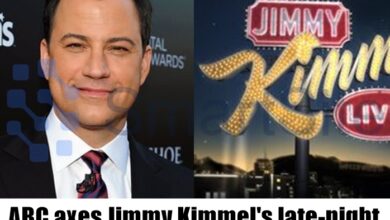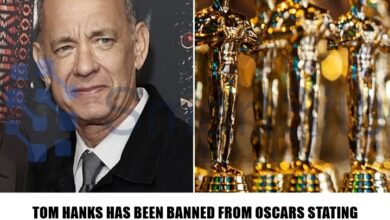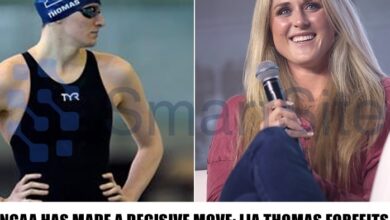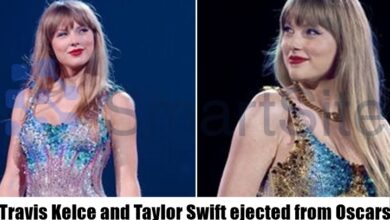“Kevin Costner rejects $100M movie deal with Robert De Niro, citing discomfort.” (satire)
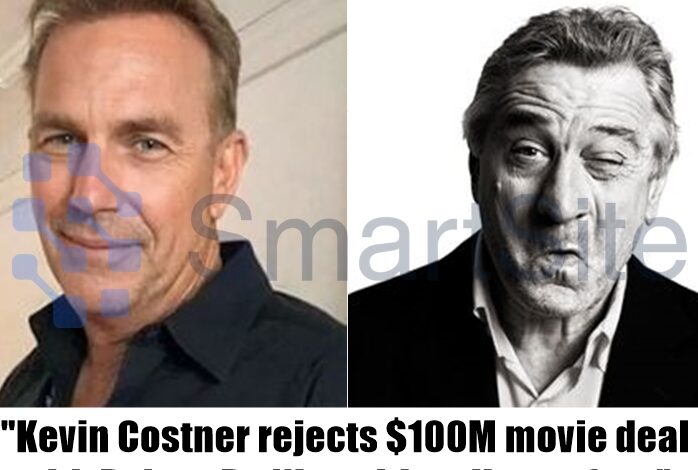
Details about the $100 million movie deal remain shrouded in mystery. Speculation runs wild about whether it involved a cinematic masterpiece, a blockbuster franchise, or perhaps a high-stakes game of hide-and-seek in a haunted mansion. Whatever the plot, Costner’s “creepiness radar” seems to have deemed it unfit for his illustrious filmography.
Costner’s rejection raises the intriguing question of whether actors will now incorporate a “creepy scale” into their decision-making processes. Will Hollywood agents soon be equipped with instruments to measure the eerie undertones of a deal, ensuring their clients avoid cinematic spookiness at all costs? Only time will tell if Costner’s creepy scale becomes an industry standard.
Hollywood, with its fair share of eccentric personalities, larger-than-life egos, and surreal plot twists, has often been labeled as a breeding ground for the peculiar and unexpected. Costner’s reference to the “creepy factor” taps into the underbelly of an industry known for its glitz, glamour, and the occasional eccentric producer who insists on wearing sunglasses indoors.
As fans revisit Kevin Costner’s extensive filmography, they find themselves in a realm seemingly free from the creepy and supernatural. Whether dancing with wolves, guarding bodies, or exploring post-apocalyptic landscapes, Costner’s cinematic choices have largely steered clear of the eerie and otherworldly. His rejection of De Niro’s deal appears to be consistent with a career path that avoids the spooky and embraces the relatable.
In the grand tradition of Hollywood parody, the notion of actors employing creepy metrics to assess movie deals could become the next comedic goldmine. Picture A-listers huddled in secret meetings, equipped with oversized magnifying glasses and ominous background music, dissecting the fine print of potential collaborations to determine their creepy compatibility.
Rumors in Hollywood circles suggest that Costner’s aversion to creepiness may have been triggered by a creepy costume proposed for the film. Whether it involved an oversized clown outfit, a haunted Victorian gown, or a sentient extraterrestrial onesie, the speculation adds another layer to the evolving narrative of the $100 million movie that never was.
As the industry absorbs the shockwaves from Costner’s rejection, questions linger about the potential ripple effect on future collaborations. Will other actors adopt Costner’s “creepy radar” approach to deal-making, ushering in an era where creepy negotiations become a deal-breaker? Only time will reveal whether Costner’s rejection has set a precedent or is merely a quirky footnote in Hollywood’s ever-unfolding story.
In the peculiar world of Hollywood, where million-dollar deals and larger-than-life personalities collide, Kevin Costner’s rejection of Robert De Niro’s $100 million movie deal adds a whimsical chapter to the industry’s lore. The notion of a “creepy scale” becoming a decisive factor in deal-making may be a satirical exaggeration, but in the land of make-believe, where the unexpected is the norm, one can’t help but wonder what other cinematic oddities may emerge in the ever-entertaining drama of Tinseltown.
